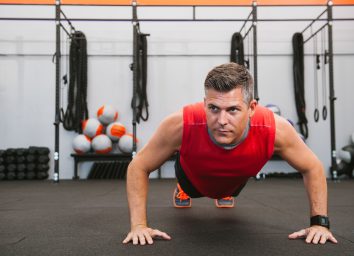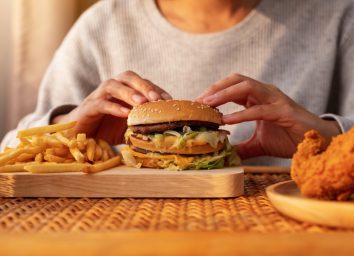7 Eating Habits To Speed Up Weight Loss After 40, Say Dietitians
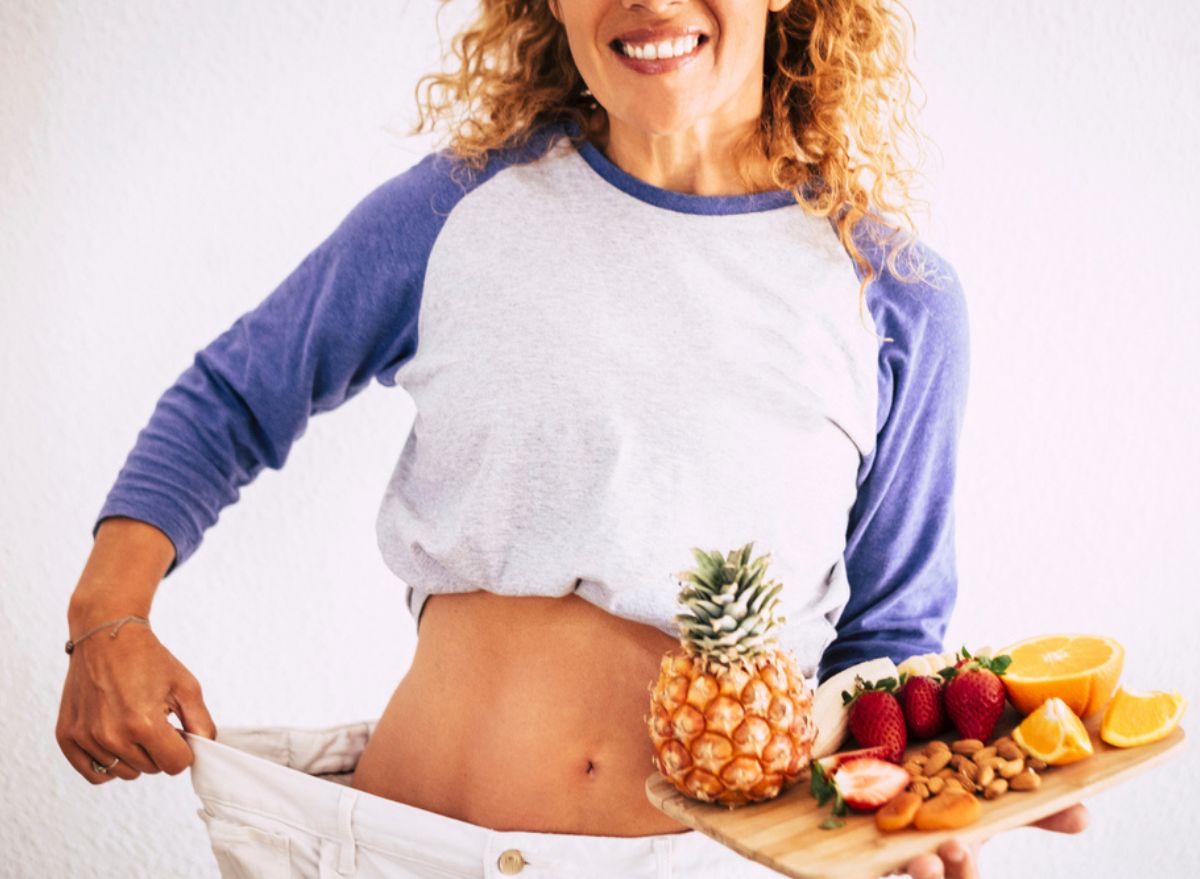
Birthday number 40 is one of those milestones that make people take a good long look in the mirror and recognize, "hmm, I've put on a few pounds, and they seem to be harder than ever to shed." That's because our body changes with age and often our lifestyle doesn't change accordingly. As we get older, we lose muscle mass and we may become less active, both of which mean we require less energy to maintain our status quo. If we keep eating roughly the same number of calories daily as we did when we were in our late 20s and 30s, we'll gain weight.
Reversing that trend would seem to require turning the tables—that is, becoming more active or consuming fewer daily calories. But studies indicate that exercise doesn't have as great an impact on weight loss as reducing calories. If you're 40 or over and having trouble dropping pounds, maybe focusing more on your nutrition will help. (But do keep on exercising for good overall health.)
We looked at what the research had to say and then asked dietitians for the best eating habits that may speed up weight loss after age 40. Read on, and for more on how to eat healthy, don't miss Eating Habits to Lose Abdominal Fat As You Age, Say Dietitians.
Eat smaller portions of ultra-processed foods.
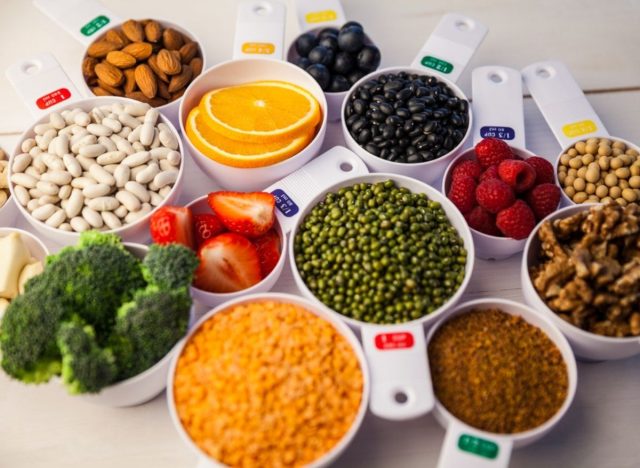
These days processed foods are so available everywhere you turn that it's nearly impossible to eliminate eating some of them. So, the best advice for weight loss and improving health is to "eat smaller portions of ultra-processed foods which are high in sugar, fat, and calories," says registered dietitian nutritionist Lisa Young, PhD, RDN, Author of Finally Full, Finally Slim.
In research by Dr. Young, published along with Marion Nestle, PHD, MPH in the American Journal of Public Health in 2021, the nutrition experts found that portion sizes of unhealthy processed foods are five times larger than they were in the past and contribute unnecessary calories to our diets, which increase the risk for obesity and chronic diseases. Since it's so difficult to avoid all processed foods, Dr. Young says the best healthy eating habit is to include foods from all the food groups and to pay attention to portion sizes as well as hunger levels.
Drink a cup of metabolism-boosting tea.

One way to boost your metabolism quickly is by drinking a cup of coffee or tea, studies show. "Caffeine elevates metabolism by increasing thermogenesis via its effects on brown adipose tissue," Ellie Busby, MSc, mBANT, a registered nutritionist in the United Kingdom and founder of the nutrition website Vojo Health.
If you prefer tea, make a habit of drinking matcha green tea, which has high amounts of a powerful antioxidant called catechins that Busby says may stimulate the body to burn more fat. Plus, it tastes good, which will help you in the long run.
For a great list of popular foods that will boost your metabolism click here.
Eat on a regular schedule.
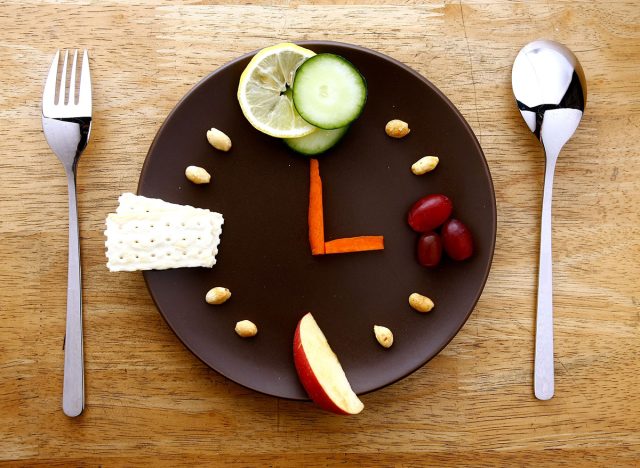
This is the eating habit that combats the ill-conceived notion that eating very little food must be the best way to lose weight. The human body just doesn't work that way, explains Eatthis.com medical board member Lisa Moskovitz, RD, a registered dietitian with the NY Nutrition Group. It needs calories and nutrients to function. "Threatening that basic need stresses out the body; instead of burning body fat, you can potentially hold onto fat cells and send your body into a protective, premature plateau," she says.
"In my book The Core 3 Healthy Eating Plan, I provide an evidence-based formula to help you determine exactly how much to eat for sustainable, healthy weight loss and how to handle frustrating plateaus." For now, be sure to eat whole foods, with a combo of healthy fats, proteins, and carbohydrates every three to four hours to keep your body energized.
Snack right.
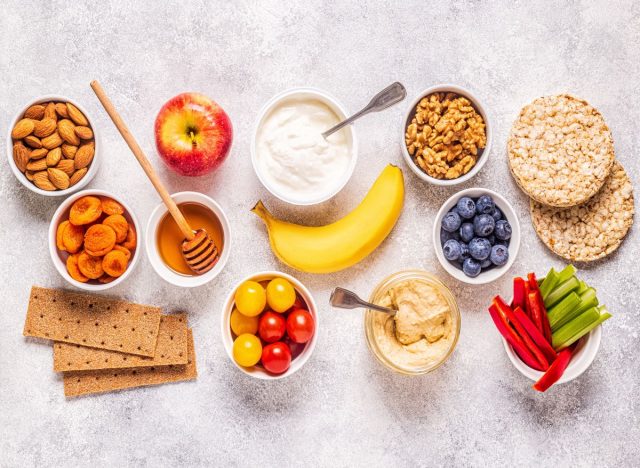
Snacking is one way to stay out of the danger of becoming ravenous and falling into the habit of overeating. But snacking can be a minefield if you survey the landscape of packaged snack foods. They can be full of calories, unhealthy fats, including the worst, trans fats, sodium, and sugary, fast-burning carbohydrates. Choosing your snacks wisely turns this danger zone into a helpful and healthy weight-loss practice, says registered dietitian Molly Hembree, MS, RD, a recognized expert in plant-based nutrition. One of her favorite snacks is walnuts, a good source of the heart-healthy omega-3 fat alpha-linolenic (ALA), a plant-based polyunsaturated fat. "Be sure to keep walnuts to just a 1/4 cup serving at snack time to help aid weight loss efforts," Hembree notes.
Make a protein-rich breakfast.
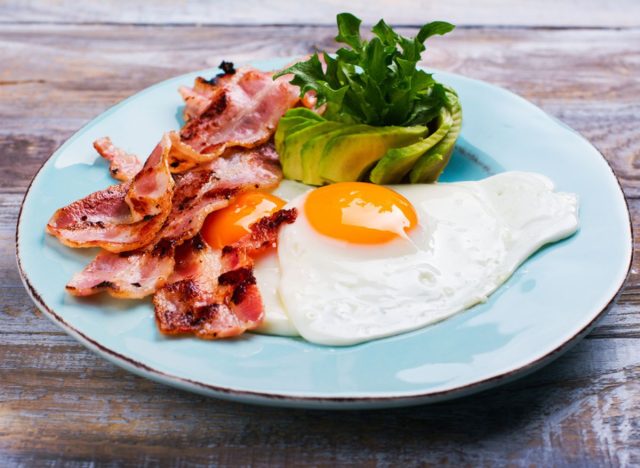
Another sugar-filled minefield can be your breakfast table because so many breakfast foods—cold cereal, flavored yogurt, pancakes, muffins, and doughnuts—are loaded with sugar and devoid of fiber. For a weight-loss supporting breakfast habit to get into, registered dietitian nutritionist Bess Berger, RDN, owner of Nutrition By Bess, recommends two easy-to-fix choices:
Eggs. "Scrambled, hard-boiled, or as an omelet, eggs are a great way to get protein for breakfast," says Berger. For a bonus of vitamins and fiber, add vegetables to your omelet.
Smoothies. But keep out the sugary add-ins. Use Greek yogurt, berries, which are full of antioxidants, instead. "In addition, I recommend adding 1 to 3 teaspoons of seeds to smoothies for healthy fats and a handful of kale or other leafy greens for more vitamins, antioxidants, and fiber," she says.
Pregame your happy hour.
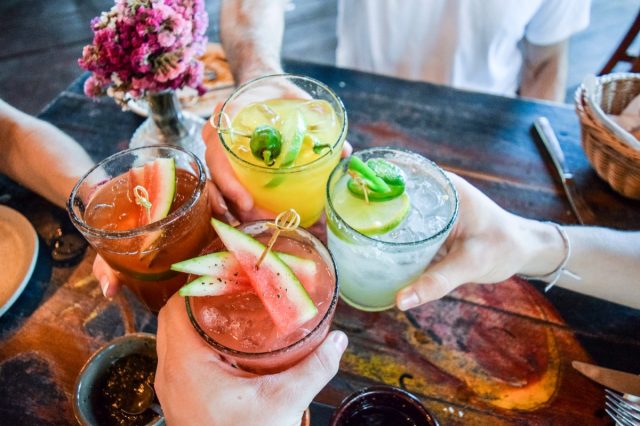
What we mean by that is to plan ahead when going out for drinks or dinner with friends. Social pressure can sabotage your weight loss efforts, warns registered dietitian Toby Amidor, MS, RD, CDN, best-selling author of Diabetes Create Your Plate Meal Prep Cookbook. "Your best bet is to review the menu in advance and determine, based on your intake for the day, what you'll be eating. It is okay to leave room for dessert, if you know your friends like to order it, but recommend sharing one dessert with 1 or 2 other people."
Keep track of what you eat.
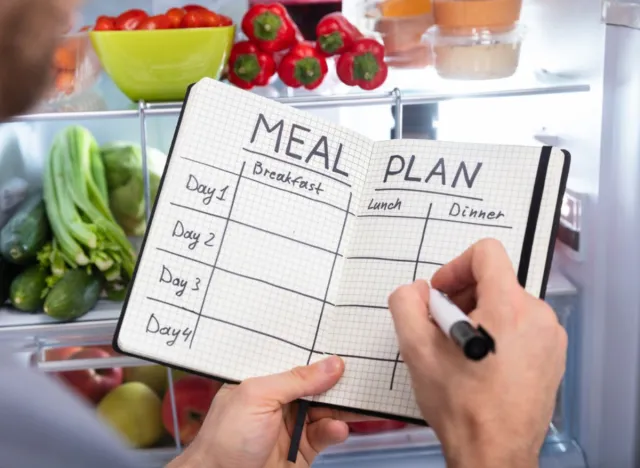
Remember playing the Telephone game as a kid? You know, where one person whispers a message in your ear and then you pass the message along to the next person in a whisper and so on around the circle? By the time the message reaches the last person, it usually doesn't resemble the original message at all. Well, that's how our brains work; we miss stuff. We forget, especially when we're not paying close attention. The same goes for remembering what and how much we ate for breakfast, lunch, and dinner. And don't forget those snacks.
If you want to reduce the number of calories you eat in a day, keep track of your food and beverages by recording them on paper or on your smartphone, as well as portion size. Studies show that the nit-picky process really does work for weight loss. In a 2019 study in Obesity, people who recorded their three meals a day over a 6-month program lost more weight than other participants who did not keep track of food intake. Some of the biggest losers dropped more than 10% of their body weight. And the tracking only took about 15 minutes of their time per day.

